I trying to implement shape detector in tensorflow. For this, I am having two class, one is only vertical rectangle and another one is only right arrow, like the following images. Training is done with 190 samples for each class.
I trained the model two times, one without ZCA whitened training data and another one with ZCA whitened training data, with the same network architecture and the same number of iterations.
When the following image of down arrow is tested with the first model, it is predicted as rectangle with 99.99 percent accuracy, but when the same image is tested with the second model (trained with the ZCA whitened samples), it is predicted as arrow with 100 percent accuracy.
I want to know how ZCA whitening changed the accuracy percent that much drastically, even though, no data augmentation (like rotation) is used for the training.
Any kind of help would be greatly appreciated.




